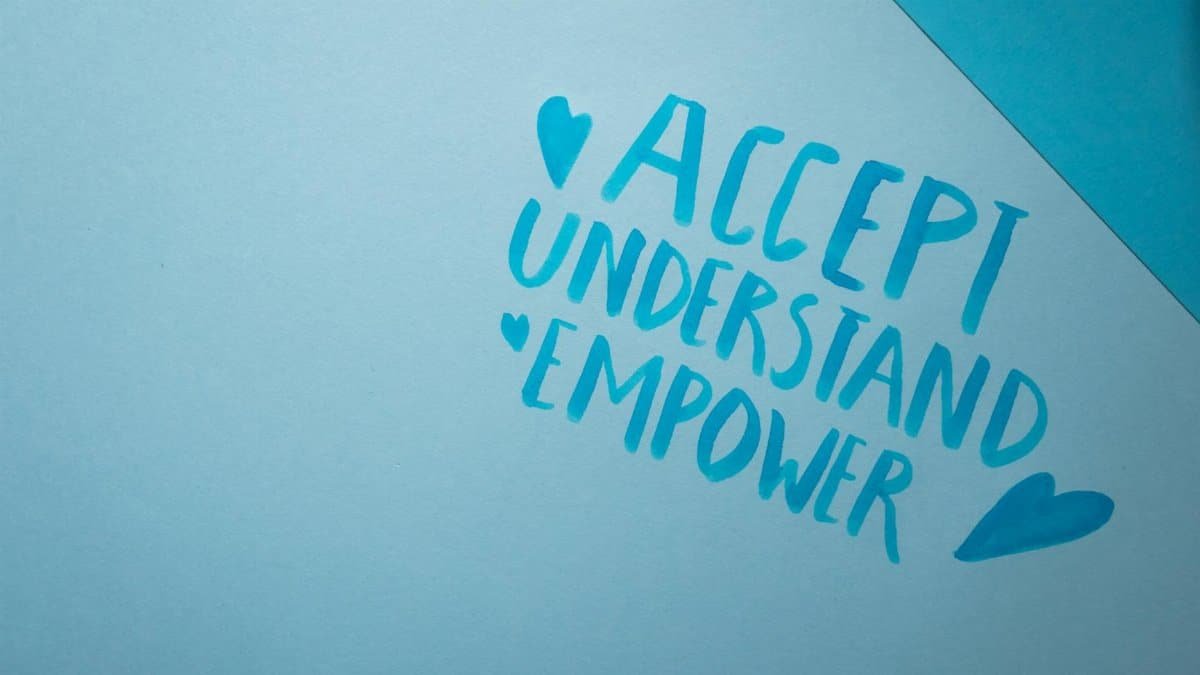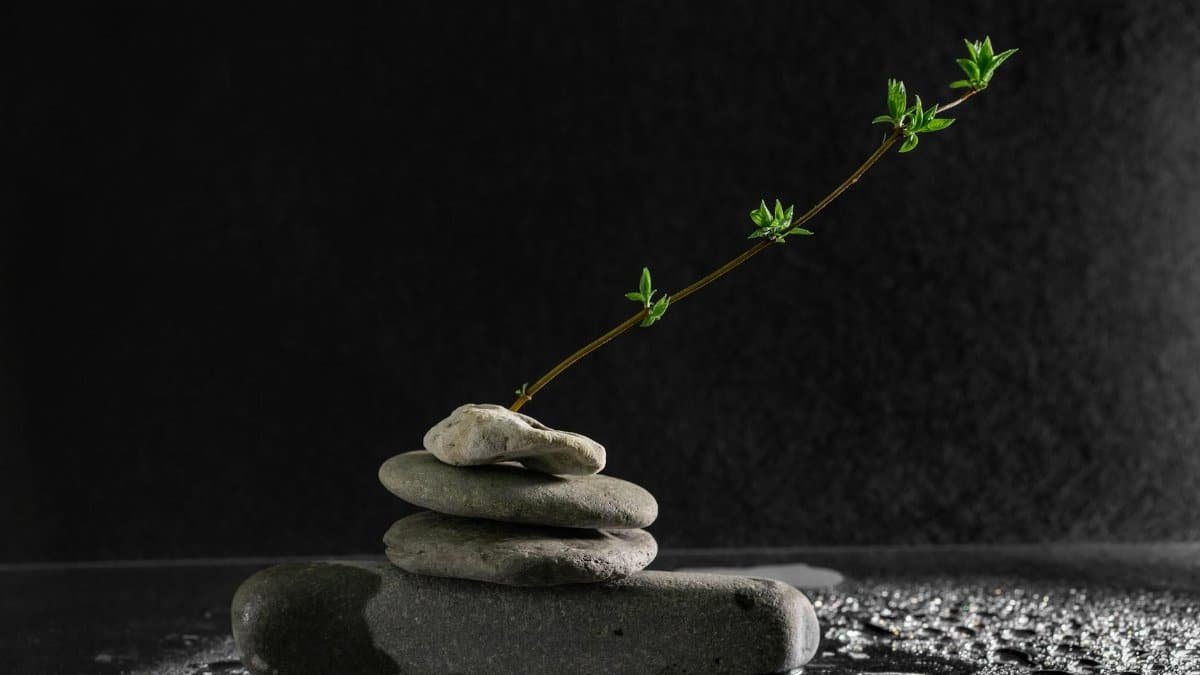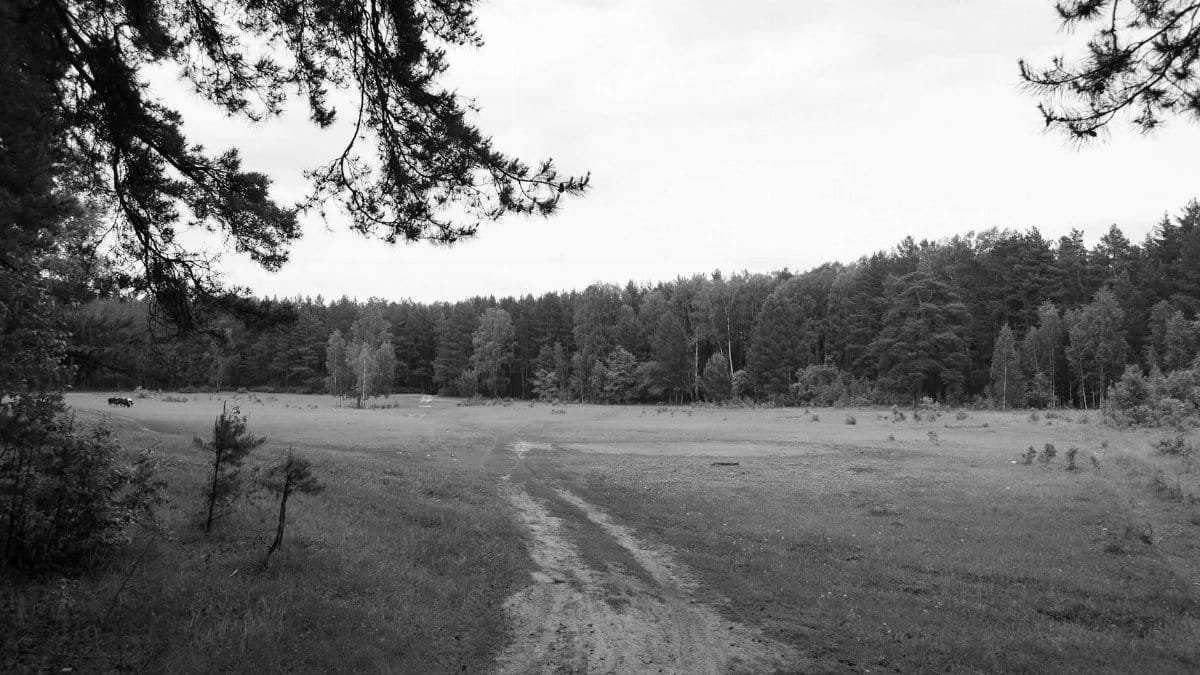Why You Feel Guilty When You Finally Take a Break

Is peace growth just another buzzword, or could it explain that nagging guilt when you finally unplug? In a world that glorifies hustle, taking a break often feels like betrayal. Yet peace growth, the idea of fostering personal development through intentional rest and calm, suggests otherwise. New data from a 2024 survey shows 62% of Americans report guilt during downtime, up from 55% five years ago. This shift highlights how societal pressures clash with our need for recharge. Embracing peace growth might be the key to breaking free.
Understanding Peace Growth Basics

Peace growth refers to the deliberate cultivation of inner calm to spur emotional and mental expansion. Unlike traditional self-improvement that demands constant action, this approach prioritizes stillness. Experts say it builds resilience by allowing the mind to process experiences without overload. In the U.S., where burnout affects over 70% of workers according to a Gallup poll, peace growth offers a counterbalance. It encourages viewing rest not as laziness but as essential fuel for creativity and productivity.
The Science Behind Break Guilt

Guilt during breaks stems from deeply ingrained cultural norms. Neuroscientists explain that the brain’s reward system gets wired to constant activity, making idleness feel wrong. A study from Harvard Medical School links this to elevated cortisol levels, the stress hormone that spikes when we slow down unexpectedly. Peace growth counters this by rewiring habits through practices like meditation. Researchers found participants who adopted such methods reported 40% less guilt after just four weeks. For more details, check the Harvard Health Mind and Mood section, where similar studies are discussed.
Societal Pressures Fueling the Guilt

America’s work ethic amplifies break guilt. From social media feeds showcasing endless grind to corporate cultures rewarding overwork, the message is clear: rest equals weakness. In 2025, with remote work blurring boundaries, this pressure intensifies. Peace growth challenges these norms by promoting balance as a strength. Therapists note that women, in particular, face higher guilt due to caregiving roles, with surveys showing 68% feeling undeserving of time off. Shifting this mindset starts with recognizing peace as a growth tool, not a luxury.
Real-Life Impacts of Ignoring Peace Growth

Skipping breaks leads to real consequences. Chronic fatigue, anxiety, and even physical ailments like heart issues plague those who push through. A CDC report from 2023 revealed that insufficient rest contributes to 1 in 3 adults experiencing poor mental health days monthly. Without peace growth, productivity actually drops; studies show rested minds solve problems 20% faster. One executive shared how burnout landed him in therapy, only to discover that structured downtime rebuilt his focus and career trajectory.
Strategies to Embrace Peace Growth

Start small to integrate peace growth. Set boundaries like no emails after 7 p.m. or weekend digital detoxes. Mindfulness apps guide beginners through short sessions that build calm. Experts recommend journaling to unpack guilt, revealing its roots in perfectionism. In 2025 trends, more companies offer “peace leave” policies, acknowledging rest’s role in innovation. Track your energy levels to see how breaks enhance output, turning guilt into gratitude for self-care.
Common Myths About Taking Breaks

Many believe breaks signal laziness, but evidence proves otherwise. Myth one: rest wastes time. Actually, it sharpens focus, as per research from the American Psychological Association. Myth two: high achievers never stop. Icons like Bill Gates schedule think weeks for reflection. Peace growth debunks these by framing downtime as strategic. A Pew Research study on work-life balance underscores that balanced individuals report higher job satisfaction. Dispel these myths to reclaim your right to pause without remorse.
Peace Growth in Daily Practice

Incorporate peace growth through routines like morning walks or evening wind-downs. Focus on presence over productivity. One approach: the 4-7-8 breathing technique to ease into calm. U.S. wellness trends in 2025 show rising adoption of such practices, with apps downloads up 15%. This builds emotional intelligence, reducing guilt over time. Couples and families benefit too, as shared breaks strengthen bonds. Make it habitual, and watch how inner peace drives outer success.
The Role of Mindfulness in Overcoming Guilt

Mindfulness is peace growth’s cornerstone. It trains the brain to observe guilt without judgment. Programs from institutions like UCLA’s Mindful Awareness Research Center offer free resources proving its efficacy. Participants in their studies experienced 25% guilt reduction after consistent practice. In a fast-paced 2025 landscape, this tool helps reframe breaks as investments. Combine it with therapy for deeper insights, turning fleeting guilt into lasting tranquility.
Long-Term Benefits of Prioritizing Rest

Embracing peace growth yields lasting rewards. Improved sleep, better relationships, and enhanced creativity top the list. Longitudinal data from the National Institutes of Health tracks how rest-focused lifestyles lower chronic disease risks by 30%. Professionally, it fosters innovation; rested teams outperform stressed ones. As 2025 unfolds, expect more emphasis on this in wellness initiatives. Ultimately, ditching break guilt through peace growth leads to a fuller, more sustainable life.
How to Start Your Peace Growth Journey

Begin by auditing your schedule for forced busyness. Replace it with intentional pauses. Read books like “The Power of Now” for inspiration. Join online communities sharing success stories. For evidence-based guidance, visit the CDC Mental Health page, which includes resources on stress management. Track progress weekly, adjusting as needed. Soon, breaks will feel empowering, not guilt-inducing, unlocking true growth through peace.
